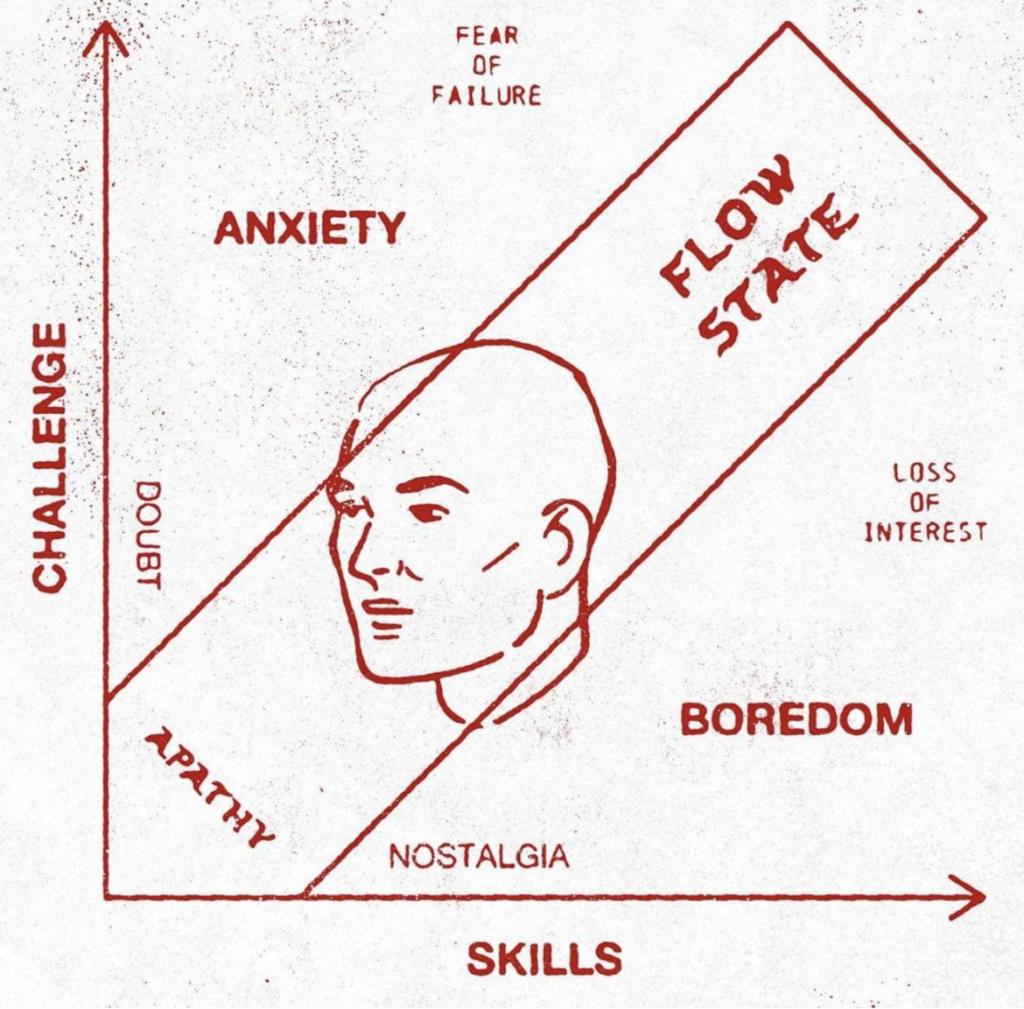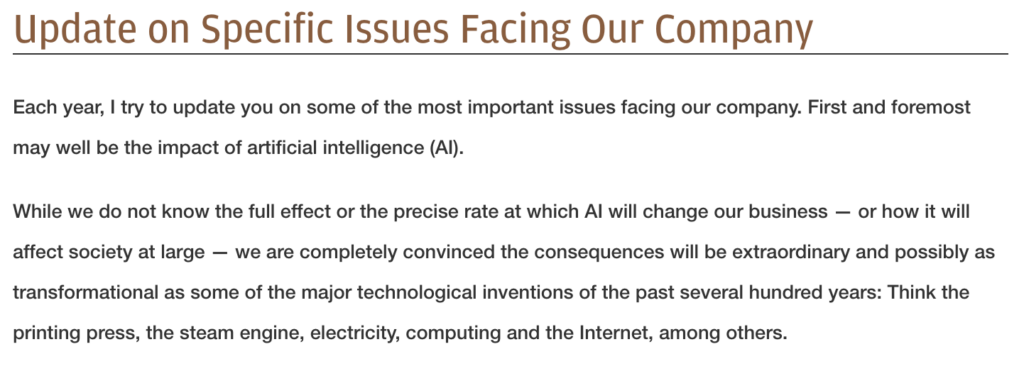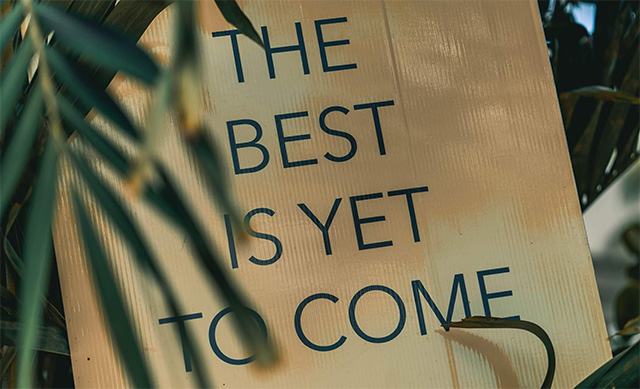
GUEST POST from Janet Sernack
Transformation and change initiatives are usually designed as strategic interventions, intending to advance an organization’s growth, deliver increased shareholder value, build competitive advantage, or improve speed and agility to respond to fast-changing industries. These initiatives typically focus on improving efficiency, and productivity, resolving IT legacy and technological issues, encouraging innovation, or developing high-performance organizational cultures. Yet, according to research conducted over fifteen years by McKinsey & Co., shared in a recent article “Losing from day one: Why even successful transformations fall short” – Organizations have realized only 67 percent of the maximum financial benefits that their transformations could have achieved. By contrast, respondents at all other companies say they captured an average of only 37 percent of the potential benefit, and it’s all due to a lack of human skills, and their inability to adapt, innovate, and thrive in a decade of disruption.
Differences between success and failure
The survey results confirm that “there are no shortcuts to successful transformation and change initiatives. The main differentiator between success and failure was not whether an organization followed a specific subset of actions but rather how many actions it took throughout an organizational transformation’s life cycle” and actions taken by the people involved.
Capacity, confidence, and competence – human skills
What stands out is that thirty-five percent of the value lost occurs in the implementation phase, which involves the unproductive actions taken by the people involved.
The Boston Consulting Group (BCG) supports this in a recent article “How to Create a Transformation That Lasts” – “Transformations are inherently difficult, filled with compressed deadlines and limited resources. Executing them typically requires big changes in processes, product offerings, governance, structure, the operating model itself, and human behavior.”
Reinforcing the need for organizations to invest in developing the deep human skills that embed transformation disciplines into business-as-usual structures, processes, and systems, and help shift the culture. Which depends on enhancing people’s capacity, confidence, and competence to implement the “annual business-planning processes and review cycles, from executive-level weekly briefings and monthly or quarterly reviews to individual performance dialogue” that delivers and embeds the desired changes, especially the cultural enablers.
Complex and difficult to navigate – key challenges
As a result of the impact of our VUCA/BANI world, coupled with the global pandemic, current global instability, and geopolitics, many people have had their focus stolen, and are still experiencing dissonance cognitively, emotionally, and viscerally.
This impacts their ability to take intelligent actions and the range of symptoms includes emotional overwhelm, cognitive overload, and change fatigue.
It seems that many people lack the capacity, confidence, and competence, to underpin their balance, well-being, and resilience, which resources their ability and GRIT to engage fully in transformation and change initiatives.
The new normal – restoring our humanity
At ImagineNation™ for the past four years, in our coaching and mentoring practice, we have spent more than 1000 hours partnering with leaders and managers around the world to support them in recovering and re-emerging from a range of uncomfortable, disabling, and disempowering feelings.
Some of these unresourceful states include loneliness, disconnection, a lack of belonging, and varying degrees of burnout, and have caused them to withdraw and, in some cases, even resist returning to the office, or to work generally.
It appears that this is the new normal we all have to deal with, knowing there is no playbook, to take us there because it involves restoring the essence of our humanity and deepening our human skills.
Taking a whole-person approach – develop human skills
By embracing a whole-person approach, in all transformation and change initiatives, that focuses on building people’s capacity, confidence, and competence, and that cultivates their well-being and resilience to:
- Engage, empower, and enable them to collaborate in setting the targets, business plans, implementation, and follow-up necessary to ensure a successful transformation and change initiative.
- Safely partner with them through their discomfort, anxiety, fear, and reactive responses.
- Learn resourceful emotional states, traits, mindsets, behaviors, and human skills to embody, enact and execute the desired changes strategically and systemically.
By then slowing down, to pause, retreat and reflect, and choose to operate systemically and holistically, and cultivate the “deliberate calm” required to operate at the three different human levels outlined in the illustration below:

The Neurological Level – which most transformation and change initiatives fail to comprehend, connect to, and work with. Because people lack the focus, intention, and skills to help people collapse any unconscious RIGIDITY existing in their emotional, cognitive, and visceral states, which means they may be frozen, distracted, withdrawn, or aggressive as a result of their fears and anxiety.
You can build your capacity, confidence, and competence to operate at this level by accepting “what is”:
- Paying attention and being present with whatever people are experiencing neurologically by attending, allowing, accepting, naming, and acknowledging whatever is going on for them, and by supporting and enabling them to rest, revitalize and recover in their unique way.
- Operating from an open mind and an open heart and by being empathic and compassionate, in line with their fragility and vulnerability, being kind, appreciative, and considerate of their individual needs.
- Being intentional in enabling them to become grounded, mindful conscious, and truly connected to what is really going on for them, and rebuild their positivity, optimism, and hope for the future.
- Creating a collective holding space or container that gives them permission, safety, and trust to pull them towards the benefits and rewards of not knowing, unlearning, and being open to relearning new mental models.
- Evoking new and multiple perspectives that will help them navigate uncertainty and complexity.
The Emotional Cognition Levels – which most transformation and change initiatives fail to take into account because people need to develop their PLASTICITY and flexibility in regulating and focusing their thoughts, feelings, and actions to adapt and be agile in a world of unknowns, and deliver the outcomes and results they want to have.
You can build your capacity, confidence, and competence to operate at this level by supporting them to open their hearts and minds:
- Igniting their curiosity, imagination, and playfulness, introducing novel ideas, and allowing play and improvisation into their thinking processes, to allow time out to mind wander and wonder into new and unexplored territories.
- Exposing, disrupting, and re-framing negative beliefs, ruminations, overthinking and catastrophizing patterns, imposter syndromes, fears of failure, and feelings of hopelessness and helplessness.
- Evoking mindset shifts, embracing positivity and an optimistic focus on what might be a future possibility and opportunity.
- Being empathic, compassionate, and appreciative, and engaging in self-care activities and well-being practices.
The Generative Level – which most transformation and change initiatives ignore, because they fail to develop the critical and creative thinking, and problem sensing and solving skills that are required to GENERATE the crucial elastic thinking and human skills that result in change, and innovation.
You can build your capacity, confidence, and competence to operate at this level by:
- Creating a safe space to help people reason and make sense of the things occurring within, around, and outside of them.
- Cultivating their emotional and cognitive agility, creative, critical, and associative thinking skills to challenge the status quo and think differently.
- Developing behavioral flexibility to collaborate, being inclusive to maximize differences and diversity, and safe experimentation to close their knowing-doing gaps.
- Taking small bets, giving people permission and safety to fail fast to learn quickly, be courageous, be both strategic and systemic in taking smart risks and intelligent actions.
Reigniting our humanity – unlocking human potential
At the end of the day, we all know that we can’t solve the problem with the same thinking that created it. Yet, so many of us keep on trying to do that, by unconsciously defaulting into a business-as-usual linear thinking process when involved in setting up and implementing a transformation or change initiative.
Ai can only take us so far, because the defining trait of our species, is our human creativity, which is at the heart of all creative problem-solving endeavors, where innovation can be the engine of change, transformation, and growth, no matter what the context. According to Fei-Fei Li, Sequoia Professor of Computer Science at Stanford, and co-director of AI4All, a non-profit organization promoting diversity and inclusion in the field of AI.
“There’s nothing artificial about AI. It’s inspired by people, created by people, and most importantly it has an impact on people”.
When we have the capacity, confidence, and competence to reignite our humanity, we will unlock human potential, and stop producing results no one wants. By developing human skills that enable people to adapt, be resilient, agile, creative, and innovate, they will grow through disruption in ways that add value to the quality of people’s lives, that are appreciated and cherished, we can truly serve people, deliver profits and perhaps save the planet.
Find out more about our work at ImagineNation™
Find out about our collective, learning products and tools, including The Coach for Innovators, Leaders, and Teams Certified Program, presented by Janet Sernack, is a collaborative, intimate, and deeply personalized innovation coaching and learning program, supported by a global group of peers over 9-weeks, and can be customized as a bespoke corporate learning and coaching program for leadership and team development and change and culture transformation initiatives.
Image Credit: Pixabay
 Sign up here to join 17,000+ leaders getting Human-Centered Change & Innovation Weekly delivered to their inbox every week.
Sign up here to join 17,000+ leaders getting Human-Centered Change & Innovation Weekly delivered to their inbox every week.


![]() Sign up here to join 17,000+ leaders getting Human-Centered Change & Innovation Weekly delivered to their inbox every week.
Sign up here to join 17,000+ leaders getting Human-Centered Change & Innovation Weekly delivered to their inbox every week.









